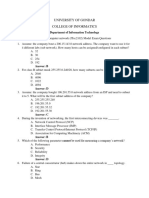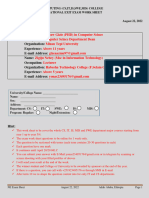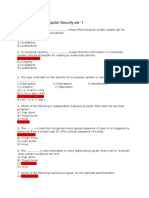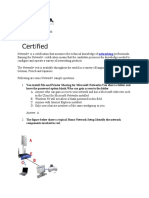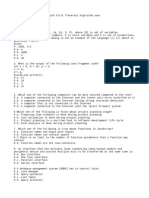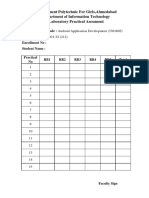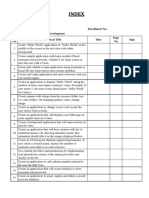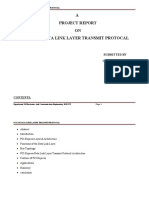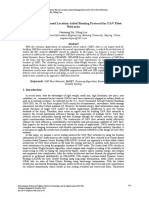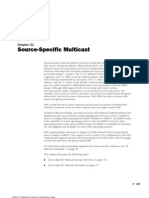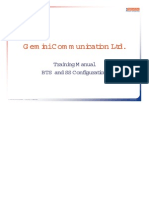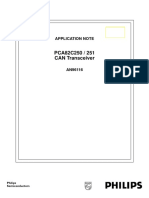0% found this document useful (0 votes)
1K views25 pagesTOP NETWORKING Multiple Choice Questions and Answers
This document provides 300+ multiple choice questions about networking concepts. The questions cover topics like the OSI model, IP addressing, protocols (DNS, DHCP, etc.), network devices (routers, firewalls, etc.), and routing algorithms (distance vector, link state, etc.). Answers are provided for each question.
Uploaded by
Sinley PatelCopyright
© © All Rights Reserved
We take content rights seriously. If you suspect this is your content, claim it here.
Available Formats
Download as PDF, TXT or read online on Scribd
0% found this document useful (0 votes)
1K views25 pagesTOP NETWORKING Multiple Choice Questions and Answers
This document provides 300+ multiple choice questions about networking concepts. The questions cover topics like the OSI model, IP addressing, protocols (DNS, DHCP, etc.), network devices (routers, firewalls, etc.), and routing algorithms (distance vector, link state, etc.). Answers are provided for each question.
Uploaded by
Sinley PatelCopyright
© © All Rights Reserved
We take content rights seriously. If you suspect this is your content, claim it here.
Available Formats
Download as PDF, TXT or read online on Scribd
/ 25











